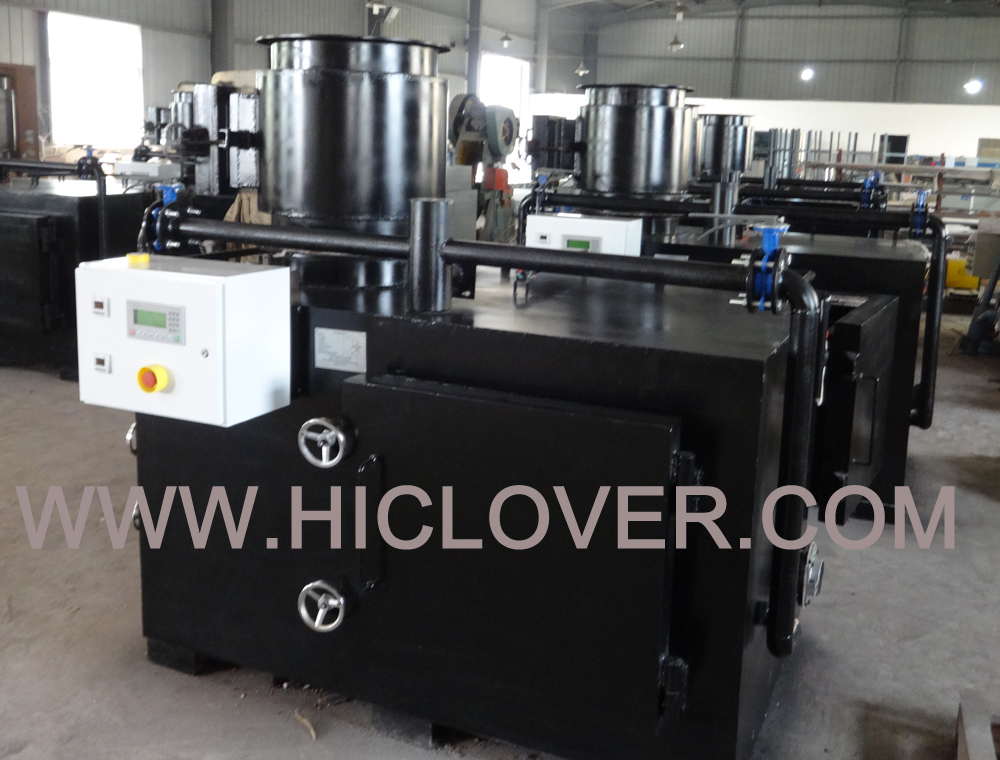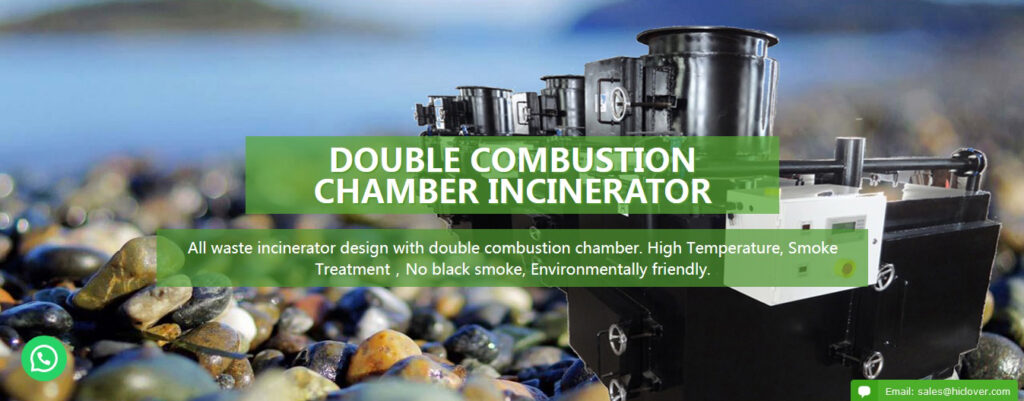Incinerators play a crucial role in managing waste and reducing environmental pollution. These facilities are essential for safely disposing of solid waste materials, including hazardous and medical waste. However, the efficient operation of incinerators requires careful monitoring and analysis, particularly through quantitative methods. Quantitative analysis is essential for assessing and optimizing the performance of incinerators, ensuring they operate at their full potential with minimal impact on the environment.
One of the main reasons why quantitative analysis is important in incinerator operation is to ensure compliance with emission regulations. Incinerators release emissions such as carbon monoxide, nitrogen oxides, sulfur dioxide, and particulate matter, which can have harmful effects on human health and the environment. Quantitative analysis helps incinerator operators measure and monitor these emissions to ensure they are within legal limits. By using quantitative methods, operators can identify areas for improvement and implement strategies to reduce emissions, thereby mitigating the environmental impact of incinerator operations.
Quantitative analysis also enables incinerator operators to optimize the combustion process, ultimately improving energy efficiency and reducing operating costs. Through quantitative methods such as thermogravimetric analysis and calorimetric analysis, operators can assess the thermal properties of waste materials and determine the optimal conditions for combustion. This includes identifying the ideal temperature, residence time, and air flow rate to achieve complete and efficient waste destruction. By understanding these factors through quantitative analysis, operators can minimize fuel consumption and maximize energy recovery from the combustion process.
Furthermore, quantitative analysis plays a critical role in assessing the environmental impact of incinerator operations. By quantifying the emissions and by-products generated during combustion, operators can evaluate the potential risks to air and water quality. This information can guide decision-making processes and help operators implement pollution control measures to minimize the impact on the surrounding environment. Quantitative analysis also enables the evaluation of incinerator ash and residue, facilitating informed decisions about its disposal or reuse.
In addition to regulatory compliance and environmental impact, quantitative analysis is crucial for maintaining the safety and reliability of incinerator operations. By using quantitative methods to monitor key parameters such as temperature, pressure, and gas composition, operators can detect and address potential issues before they escalate into operational disruptions or safety hazards. This proactive approach to maintenance and troubleshooting helps maximize the uptime of incinerators while minimizing the risk of accidents or malfunctions.
Overall, the importance of quantitative analysis in incinerator operation cannot be overstated. It is essential for ensuring regulatory compliance, optimizing the combustion process, assessing environmental impact, and maintaining operational safety. By leveraging quantitative methods, incinerator operators can enhance the efficiency and sustainability of waste management practices, contributing to a cleaner and healthier environment for all.



